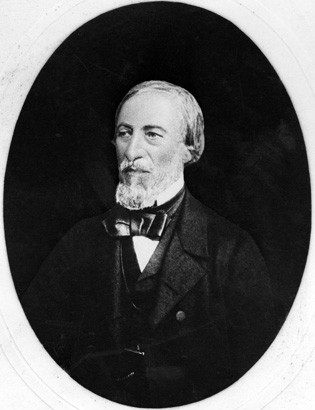 The first European known to have visited the Kulin area was Captain John Septimus Roe, Surveyor General of the Swan River Colony on his 1848-49 expedition to examine the south coast.
The first European known to have visited the Kulin area was Captain John Septimus Roe, Surveyor General of the Swan River Colony on his 1848-49 expedition to examine the south coast.
He encountered a group of Aborigines 34 miles east of Nalyaring (near Brookton) who guided the expedition party to several water sources, including the Kulin Rock soak, before leaving the party at Yeerakine (just south and east of Kondinin) as this was the limit of their territory.
These guides used the name 'Coolin' to describe the area now known as Kulin Rock.
In the early years, settlers occasionally encountered groups of Aborigines hunting possums.
Although artifacts such as grinding stones and stone choppers have been found in the district, no signs of permanent occupation were found by early settlers other than the mia-mias built by "Europeanised" Aboriginal shepherds from Narrogin in the employ of Michael Brown.
Michael Brown, a businessman from Narrogin, took up large pastoral leases in the Kulin/Kondinin area including Kulin Rock and Gnarming in 1905.
These and other leases in the area were terminated in 1909/1910 to allow the government to distribute the land for agricultural purposes.
The first land selected for farming in the Kulin area was at Wogolin and Dudinin in January 1909 - extending from the more established areas of Narrogin and Wickepin.
Settlement did not proceed evenly from this direction however as early farmers selected areas with better soils or reliable water sources.
This was the case at Kulin Rock with Edward John (Dick) Reardon and Michael Healy arriving there in February 1909 to take up farming land.
Much of this activity took place before the official survey at the end of 1909 including James Fitt (previously an overseer for Michael Brown) taking up land adjoining Jilakin Rock and at Jitarning.
Jilakin had been the original name of the location in 1913; in 1915 it was changed to Kulin.
Taken from Wikipedia
